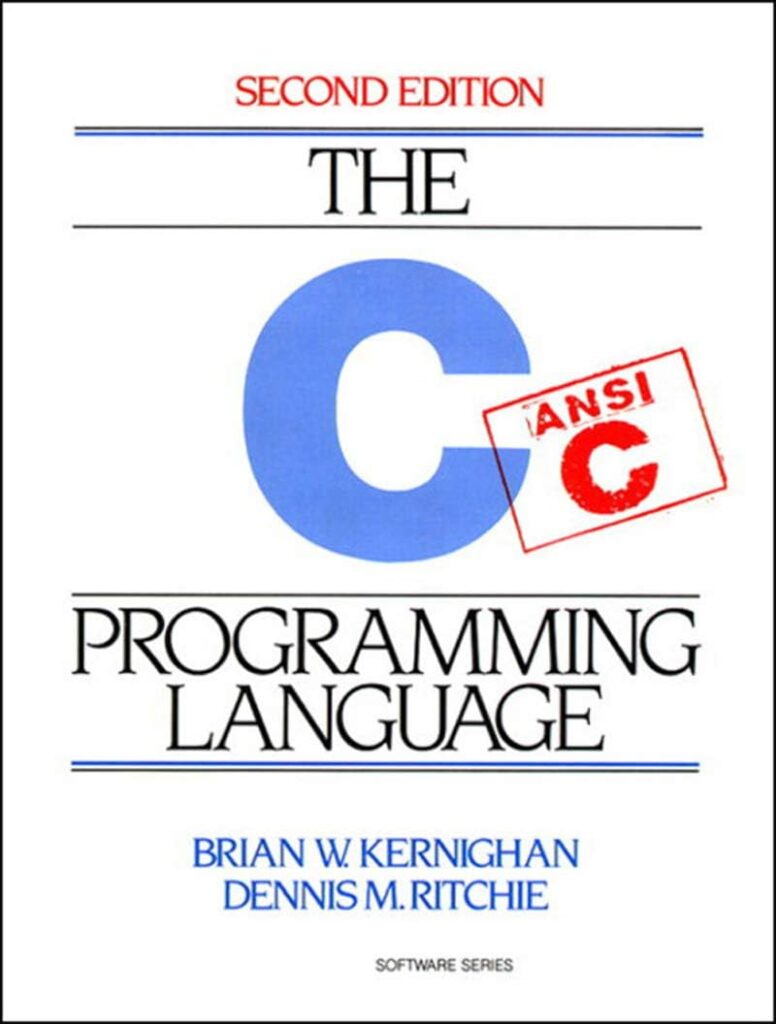
One of the fundamental operations in SQL is data retrieval, and the SELECT statement is used to achieve this. This statement enables you to specify exactly what data you want and from what table you want it. The SELECT statement is often referred to as a query and is used to retrieve rows from a database table.
The most basic form of the SELECT statement is to select all the fields from a table. That’s done using the asterisk (*) wildcard character. Here is an example:
SELECT * FROM table_name;
This statement will retrieve all records with all fields from the table named “table_name”. While this may be useful sometimes, it is often better to specify only the fields that you need to work with, for performance reasons. Here’s how you would retrieve only specific columns:
SELECT column1, column2 FROM table_name;
In this example, only the data from “column1” and “column2” will be retrieved.
You can also add conditions to your SELECT statement to retrieve only those records that fulfill certain criteria. This is done using the WHERE clause. Here is an example:
SELECT column1, column2 FROM table_name WHERE column1 = 'value';
This will return all records from “table_name” where the value of “column1” is equal to ‘value’.
Besides the WHERE clause, there are several other clauses that can be used with the SELECT statement to further refine your data retrieval, such as ORDER BY (to sort the result set), GROUP BY (to group rows that have the same values in specified columns), and HAVING (to filter rows after grouping).
To illustrate these clauses, here are a couple of examples:
SELECT column1, column2 FROM table_name WHERE column1 = 'value' ORDER BY column2;
This query will retrieve records where “column1” is ‘value’, and will order the results by “column2”.
SELECT column1, COUNT(*) FROM table_name GROUP BY column1 HAVING COUNT(*) > 1;
This query will display each unique “column1” value and a count of how many times it appears, but only where it appears more than once.
Remember, while selecting data, one should also be aware of matching the data types of the fields in where clause to avoid errors.
In conclusion, understanding SELECT statements is vital for anyone working with SQL databases. These commands are used to retrieve data from a database, and by using different clauses and conditions logically, you can extract precisely the information you need. Practice forming SELECT queries using the examples provided as a starting point and explore various options to become proficient in data retrieval with SQL.
Source: https://www.plcourses.com/understanding-select-statements/





